Before smartphones turned ubiquitous, flip phones were the consumer-tech status symbol. They had compact and cool designs and user-friendly features. And let’s be honest: It’s tough to beat the thrill of ending a call by snapping a phone shut.
Nowadays, the flip phone is back in vogue, albeit the “smart” kind, as old becomes new again.Just ask Euphoria star Sydney Sweeney, whom Samsung has tapped to drive that point home. In an ad for the company’s latest flip phone, the actress proclaims that her Galaxy Z Flip 5 is the “best accessory” for “how she looks and feels.”
In July, Samsung unveiled its latest wave of foldable phones at its Unpacked event, where the Galaxy Z Flip 5 was arguably the tech star of the show. Compared to the Galaxy Z Fold 5, it received major upgrades, including a redesigned hinge and a much larger cover screen. The addition of that larger external display, along with software upgrades, means you can do things like record audio, peruse your calendar or track the stock market without ever unfolding the Z Flip 5. Its predecessor, the Galaxy Z Flip 4 had a comparatively small cover screen that wasn’t nearly as versatile.
“Larger cover screens make these clamshells both more useful and more deliberate — sometimes you just want a piece of information without falling into a rabbit hole of app content, ” Avi Greengart, analyst at Techsponential, told CNET over email.
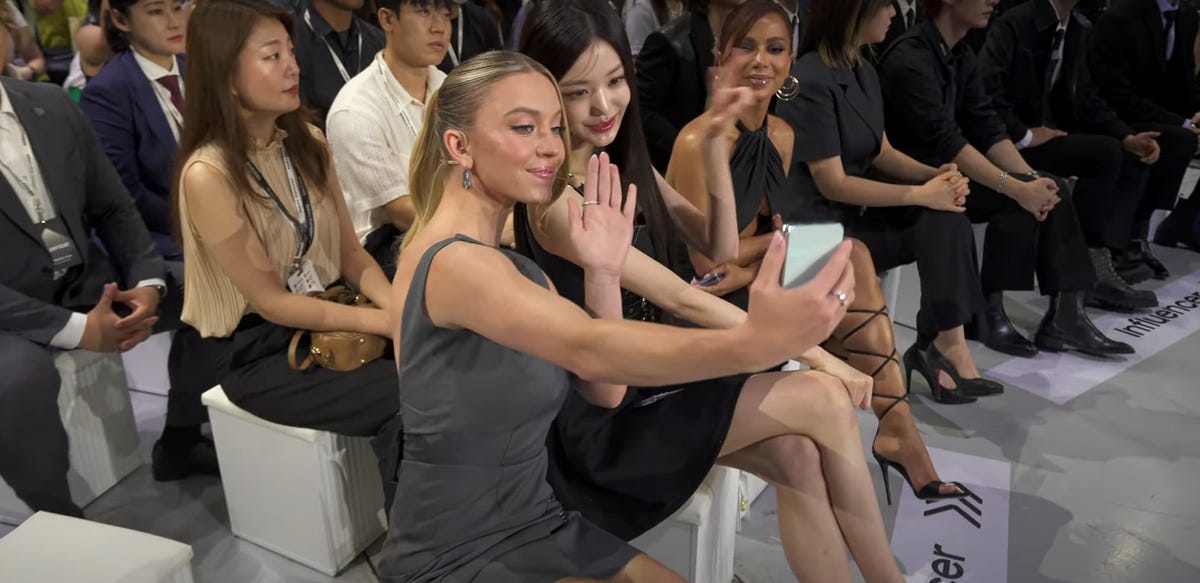
Back in the spotlight, en route to the mainstream
But it isn’t just Samsung. In general, flip phones are undergoing a drastic transformation in comparison to their book-style counterparts like Samsung’s Galaxy Z Fold 5 and Google’s Pixel Fold. And much of that change is happening on the front screen.
Weeks before Unpacked, Motorola launched its Razr Plus, outfitted with a larger cover screen that raised the bar for flip phones everywhere. In late 2022, Oppo, a top Chinese phone maker, shook up the cover design of flip phones first by introducing a vertically oriented cover screen to its first-ever flip phone, the Find N2 Flip.
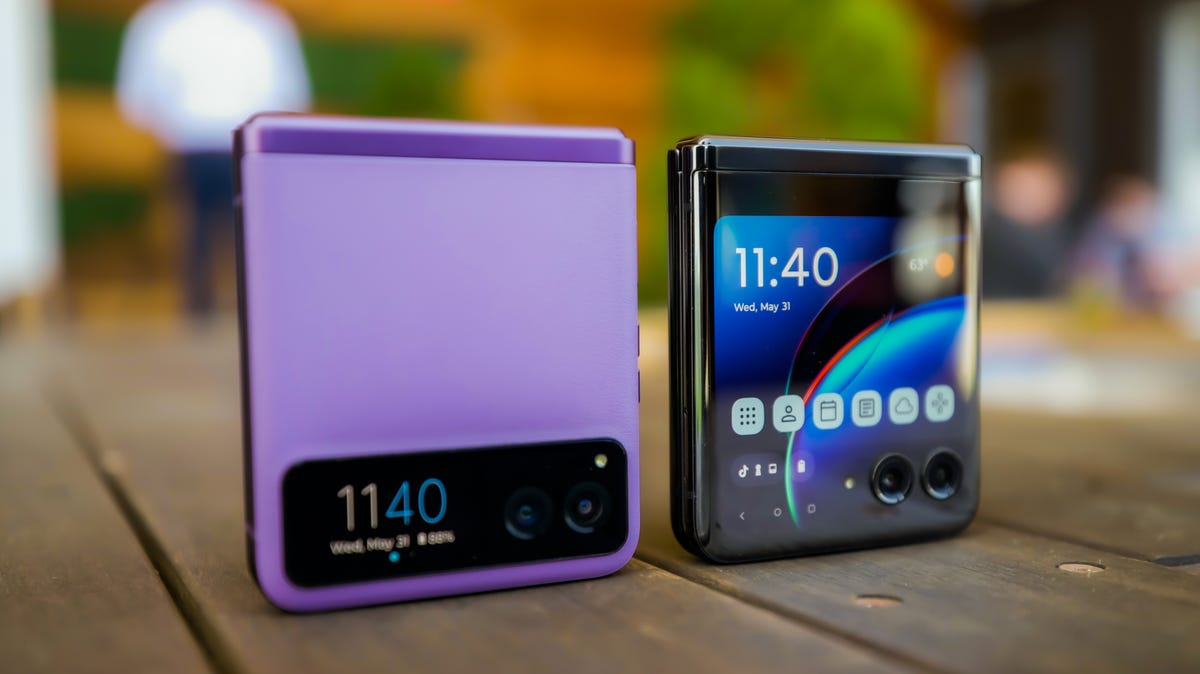
These new flippable cover screens seem to have hit a sweet spot: larger and more useful than a smartwatch, but smaller and less distracting than a normal phone screen. The previous generation of flip phones felt like a regular phone with a smartwatch on the front — convenient for cursory checks, but not much else.
“It’s the ‘be first or be better’ moment for the smartphone vendors,” said Will Wong, senior research manager at the International Data Corporation, a telecom market intelligence firm. “To win the foldable competition, the smartphone vendors will need to either be the first or create a more significant differentiation.”
Armed with bigger cover screens, flippables are poised to come back into the mainstream provided hurdles like durability are overcome. Either way, this latest wave of redesigns underscores how the flip phone is reclaiming its main-character energy/place in the spotlight more than ever before.
Take this anecdotal example: Oppo chose the Find N2 Flip as the product for its global foldable phone push, even though it had previously launched two book-style foldable phones in China. In fact, the Find N2 Flip is the crown jewel of Oppo’s global marketing blitz for its smartphone division, which involves sponsorships of elite sporting events including Wimbledon and the UEFA Champions League, which together attract a worldwide audience estimated in the hundreds of millions.
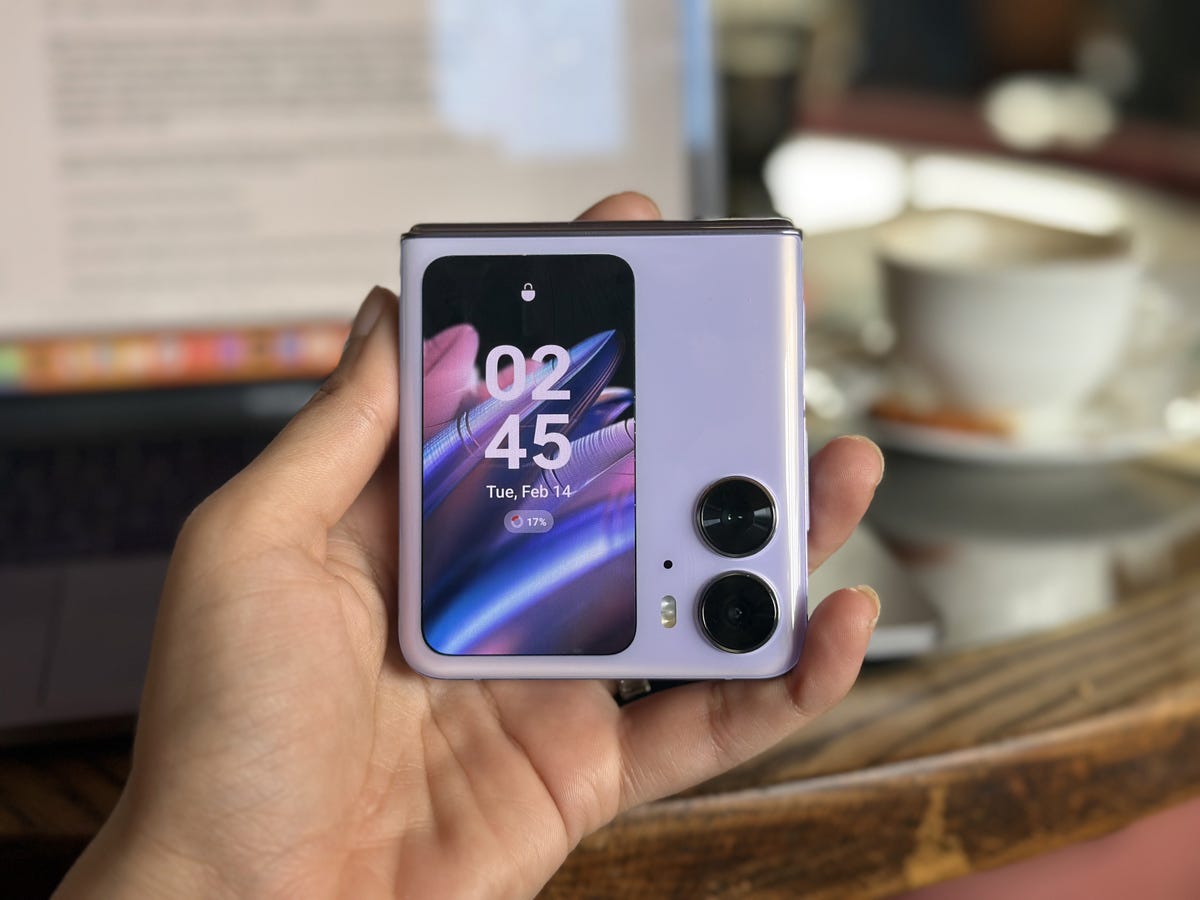
Read more: Oppo Is Using Elite Sports Events to Convince People to Buy Phones
It’s very possible that Oppo’s decision hinged on past sales performance of flip phones. Clamshell-style phones have accounted for more than 50% of foldable shipments from 2020 through to the first quarter of 2023, IDC told CNET in an email. This trend is unlikely to change, the research firm said, since the average selling price, or ASP, of a flip phone is generally lower than that of a book-style phone.
“By the first quarter of 2023, clamshell’s ASP was below US$1,000 and was around 60% of the book-style’s ASP,” Wong told CNET in July.
Though foldable phones still make up a small sliver of the broader smartphone market, sales of both book-style and flip phones are expected to balloon. IDC expects worldwide shipments of foldable phones to reach 21.4 million units in 2023. This represents an increase of more than 50% over the 14.2 million units shipped in 2022. By 2027, IDC expects foldable phones to capture 3.5% of overall market share, which translates to more than 48 million shipments.
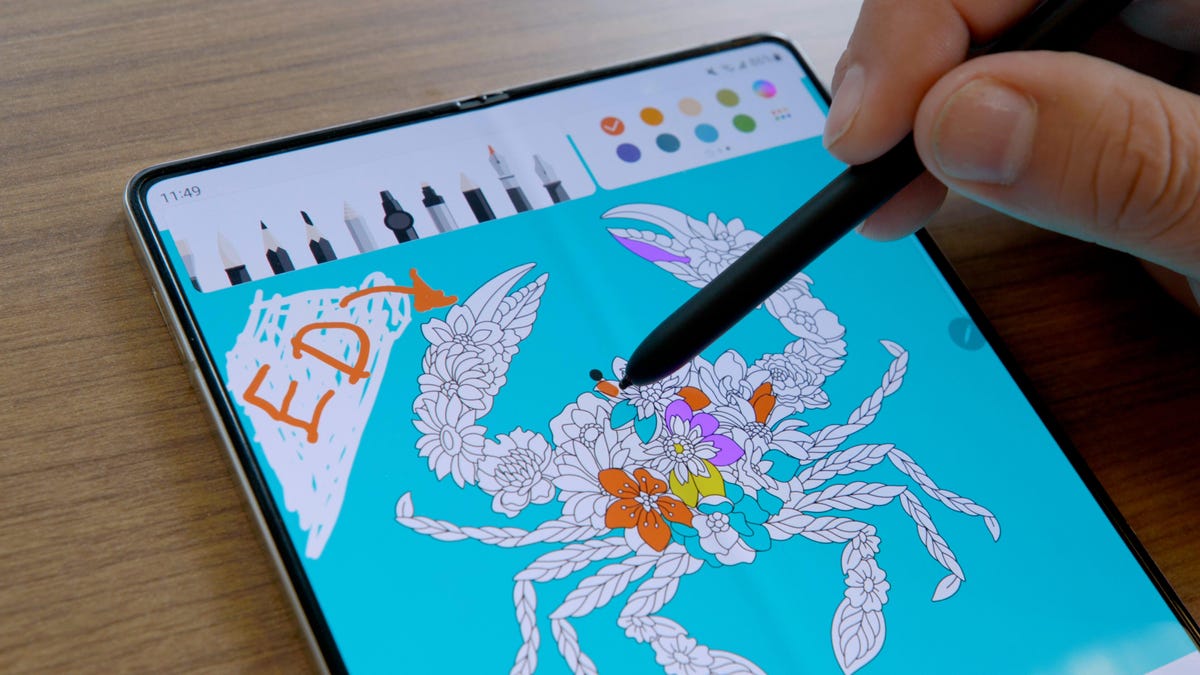
Refined, not redefined
Samsung announced the Galaxy Z Fold 5, its larger and more expensive foldable phone, alongside the Z Flip 5 at Unpacked. The book-style device is an improved version of last year’s Z Fold 4, with a different hinge. CNET’s Patrick Holland, who reviewed it, described the Z Fold 5 as a refinement rather than a redefinition. However, that essentially sums up the trend across the entire book-style foldable subcategory right now.
Though more players are entering the space, and with a range of designs, the transformation days for book-style foldables seem to be behind us. Sure, new entrants such as Google’s Pixel Fold and Honor’s Magic V2 are exciting and — in the case of the latter — impossibly thin. Book-style foldables may also be seen as being more technologically innovative than flip phones.
But they aren’t dramatically different from their predecessors right now, and that’s OK. In general, most phone makers have settled on the book-style design pioneered by Samsung in 2019 with its Galaxy Z Fold, meaning that device laid the foundation for the book-style foldable category as we know it today. No small feat. A couple of years later, the Galaxy Z Fold 3 debuted with stylus support, which was also another major milestone in foldable phone innovation, but that was two years ago.
“In the short term, a significant transformation for book-style foldables in terms of hardware is not expected.” Wong told CNET in an email. “Nevertheless, we do see favorable use cases like navigation for this form factor. Thus, software optimization will still be one of the good directions for this particular product.”
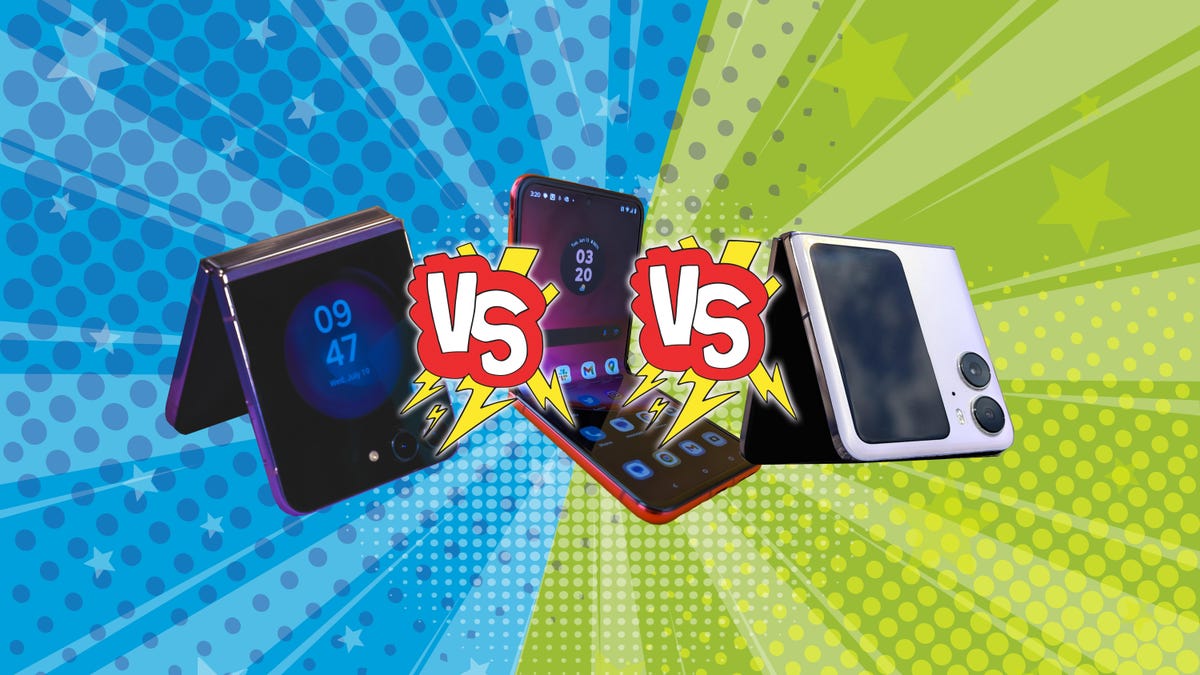
Flipping into the future
Clamshell-style phones have come a long way since the trendy gadgets first broke onto the scene in the late 1990s. Today large cover screens seem to be a design hallmark for fancy flip phones, with Samsung, Oppo, and Motorola all slapping a bigger display onto the front of their respective flippables. With that change this year, it’s hard to imagine a dramatic evolution of the flip phone design going forward — it seems to have reached a stable point.
“The hardware design and the focus on the larger cover screen is not expected to have a huge change at this stage, as there is a limitation from the hardware aspect, especially when considering that the phone battery’s shape is unlikely to have a significant breakthrough in the short term.” Wong said.
The flip phone has certainly regained its cool factor, but it still has hurdles to clear before becoming mainstream. Device makers will likely focus on bringing improvements to the software and durability of their products, key areas of concern for foldables. Samsung’s Galaxy Z Flip 5, for instance, has no official IP rating for dust, meaning it can’t withstand dust ingress apart from the hinge dusters brushing particles away. That’s a lot to overlook for a $1,000 phone. Flip phones will also have to compete with established smartphones in terms of performance, price and features (better cameras, for example).
“And that is why we saw Motorola launched both Moto Razr 40 (Motorola Razr 2023 in the US) and Moto Razr 40 Ultra (Motorola Razr Plus), which is a dual-track strategy to attract consumers with lower budget,” Wong added.
Meanwhile, the Galaxy Z Flip 5 and its flippable rivals can enjoy their moment in the spotlight. They may not fully replace regular candy bar-shaped phones anytime soon, but they certainly offer a unique and nostalgic experience for those who appreciate their charm.
Flip phones are back, and it’s their time to shine.
